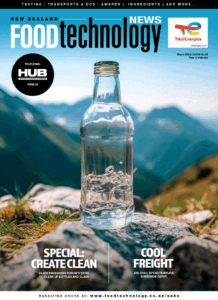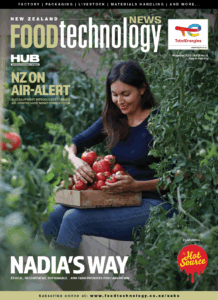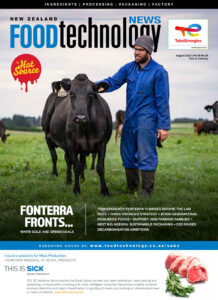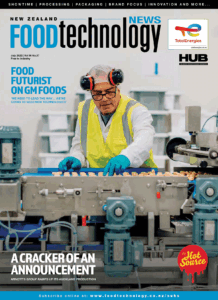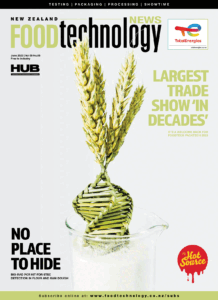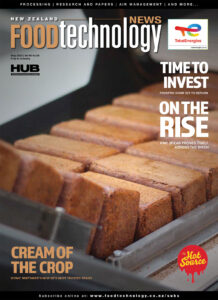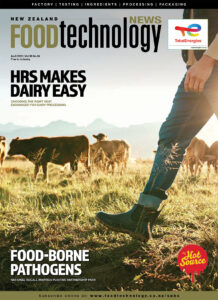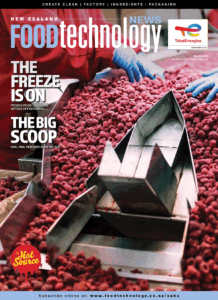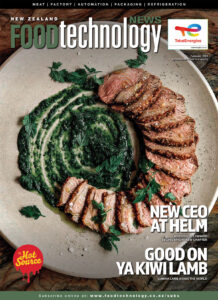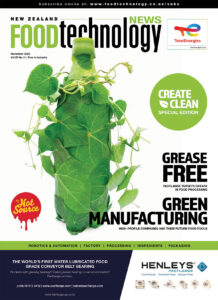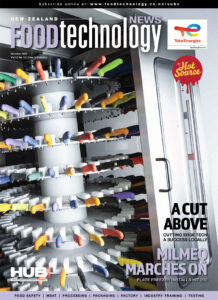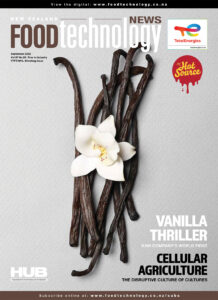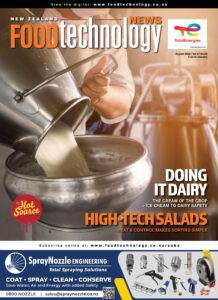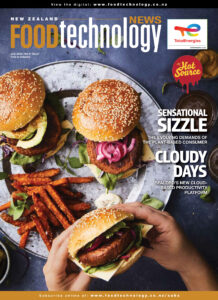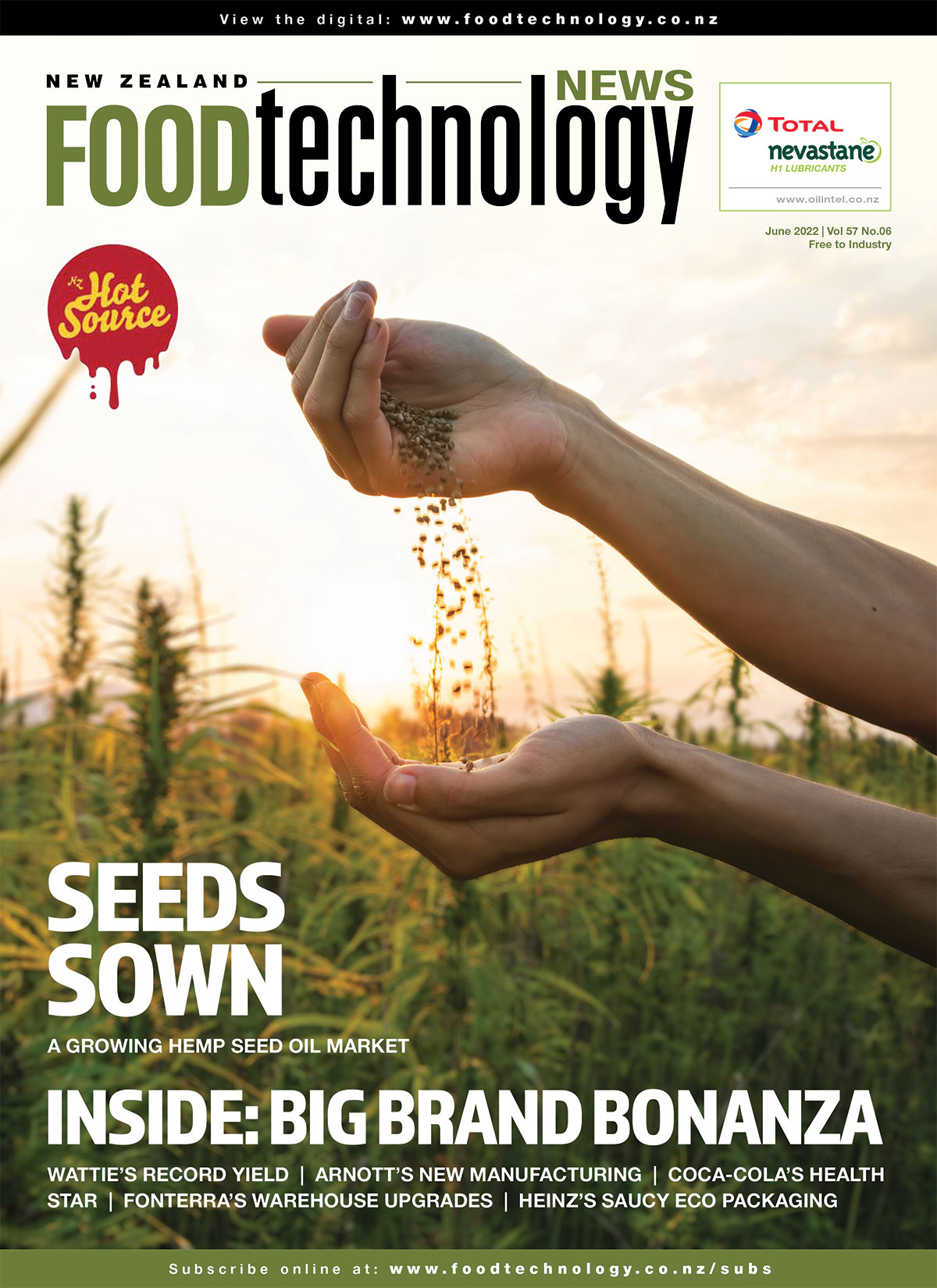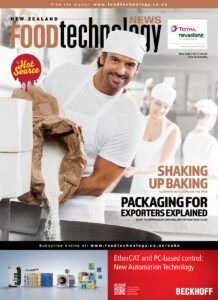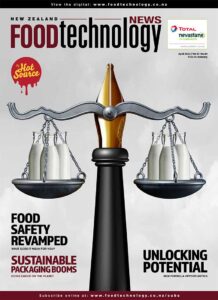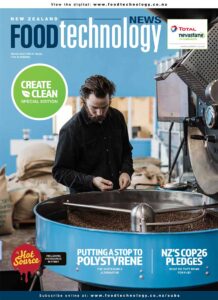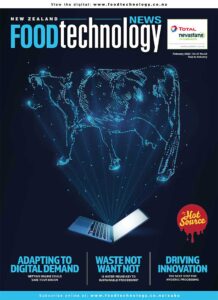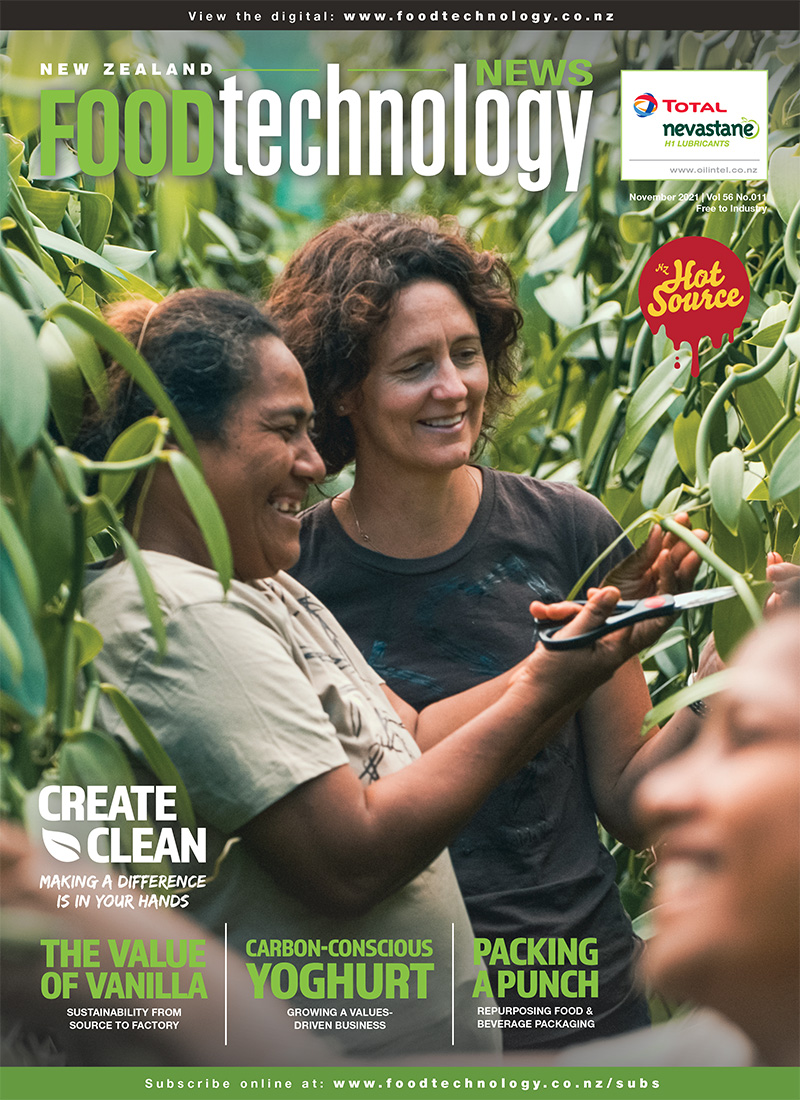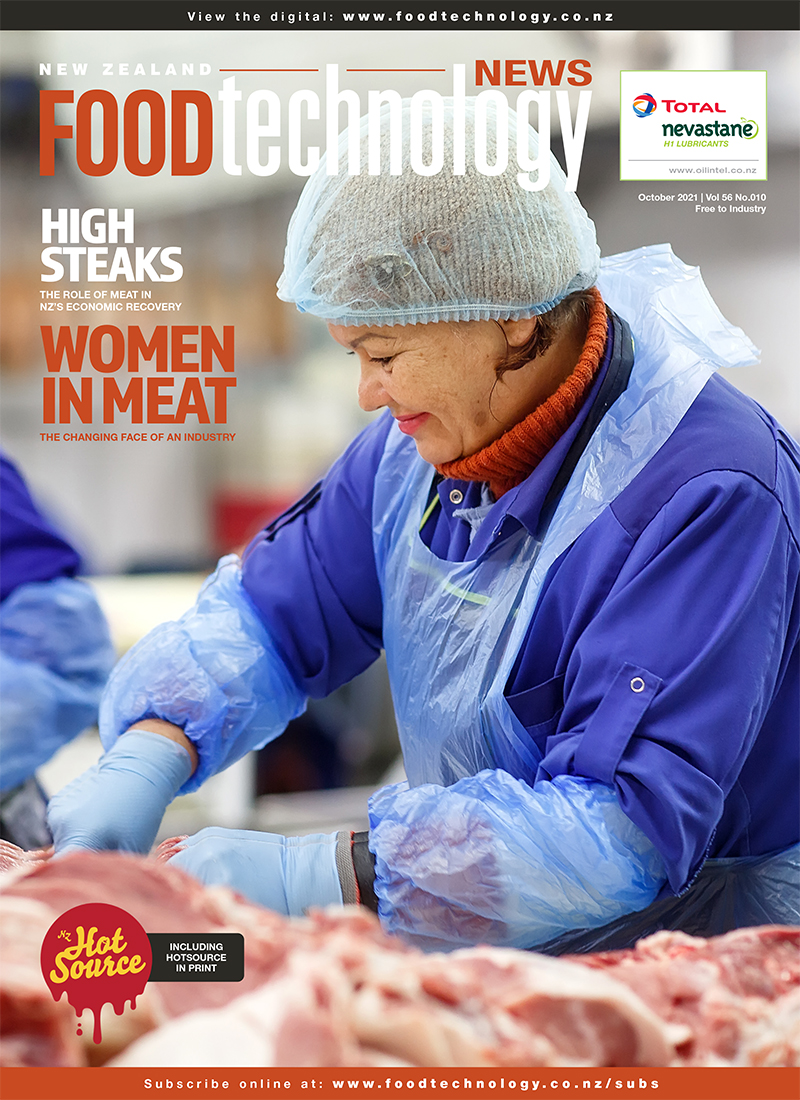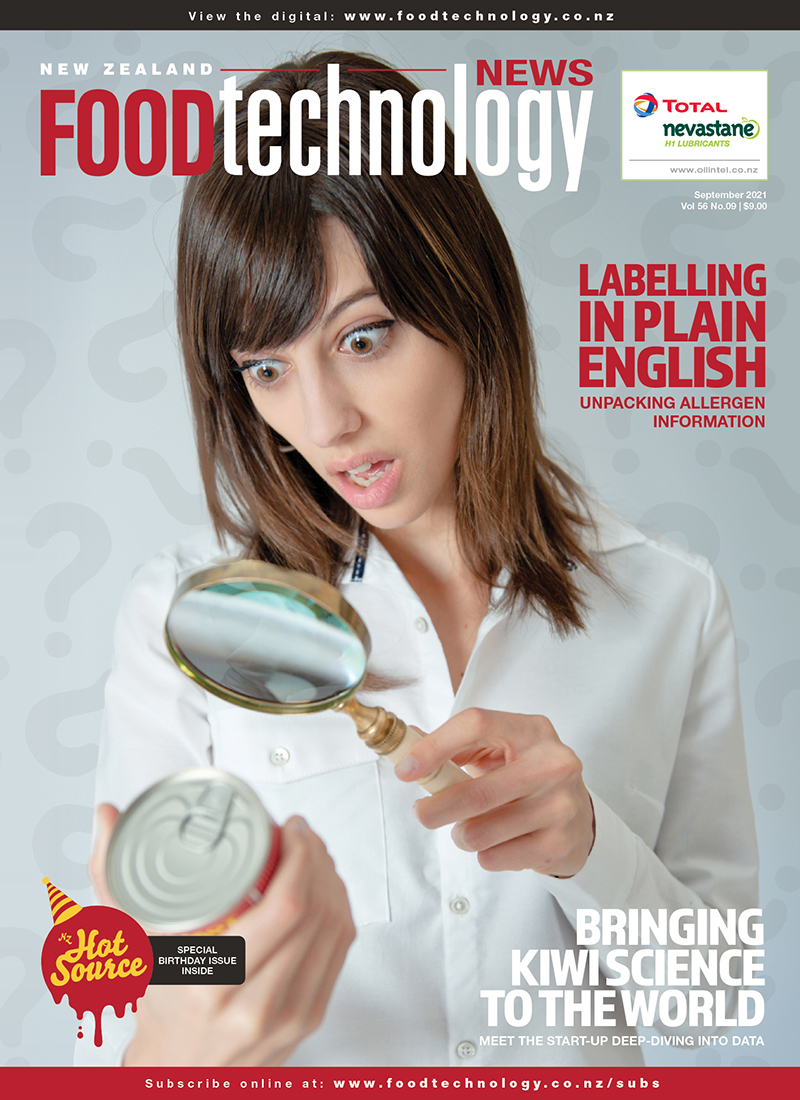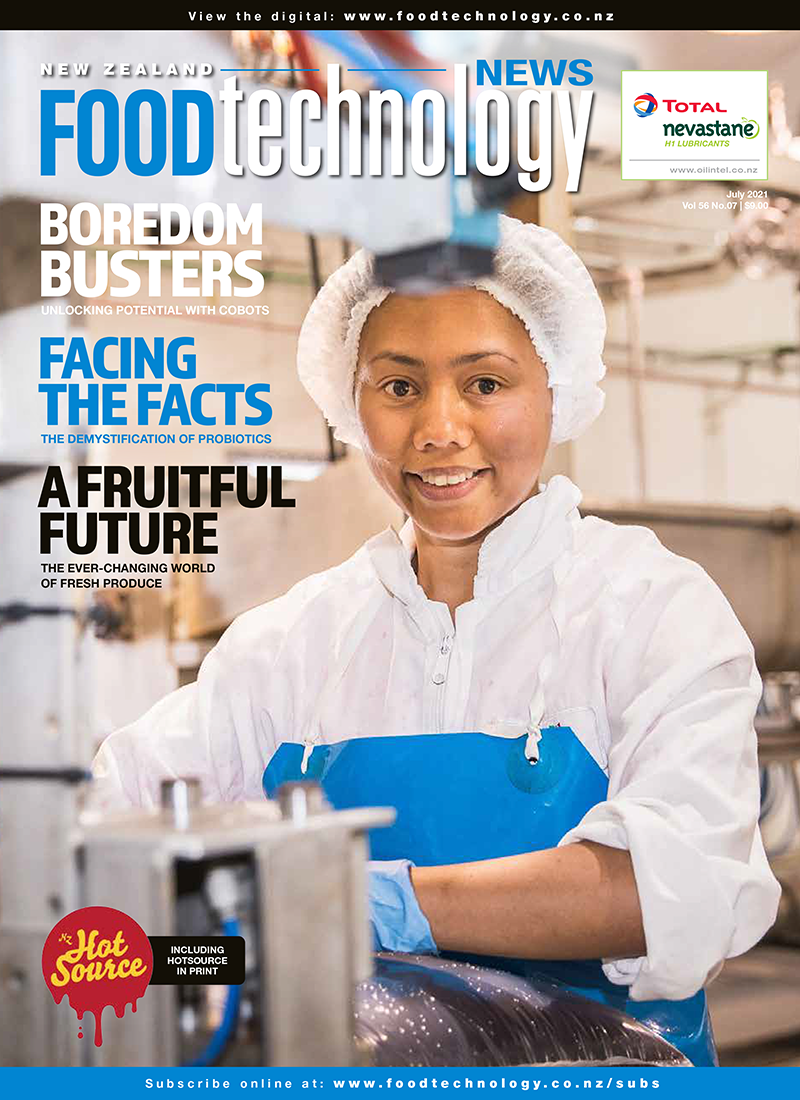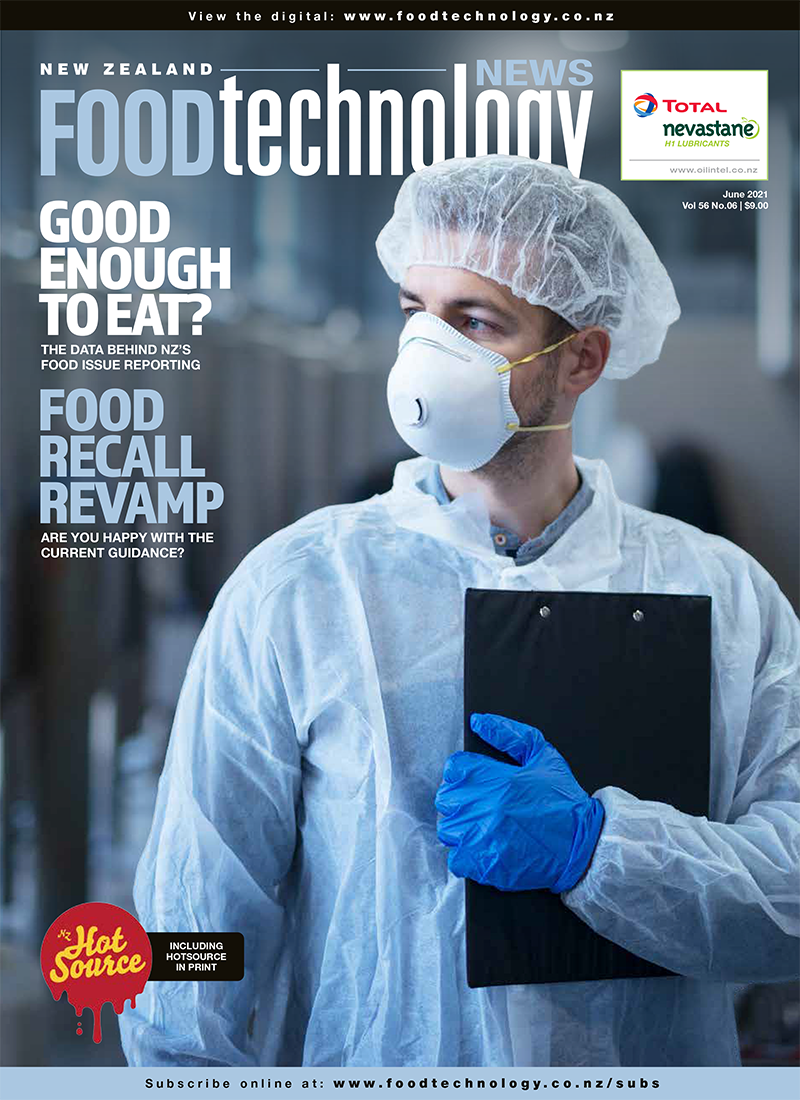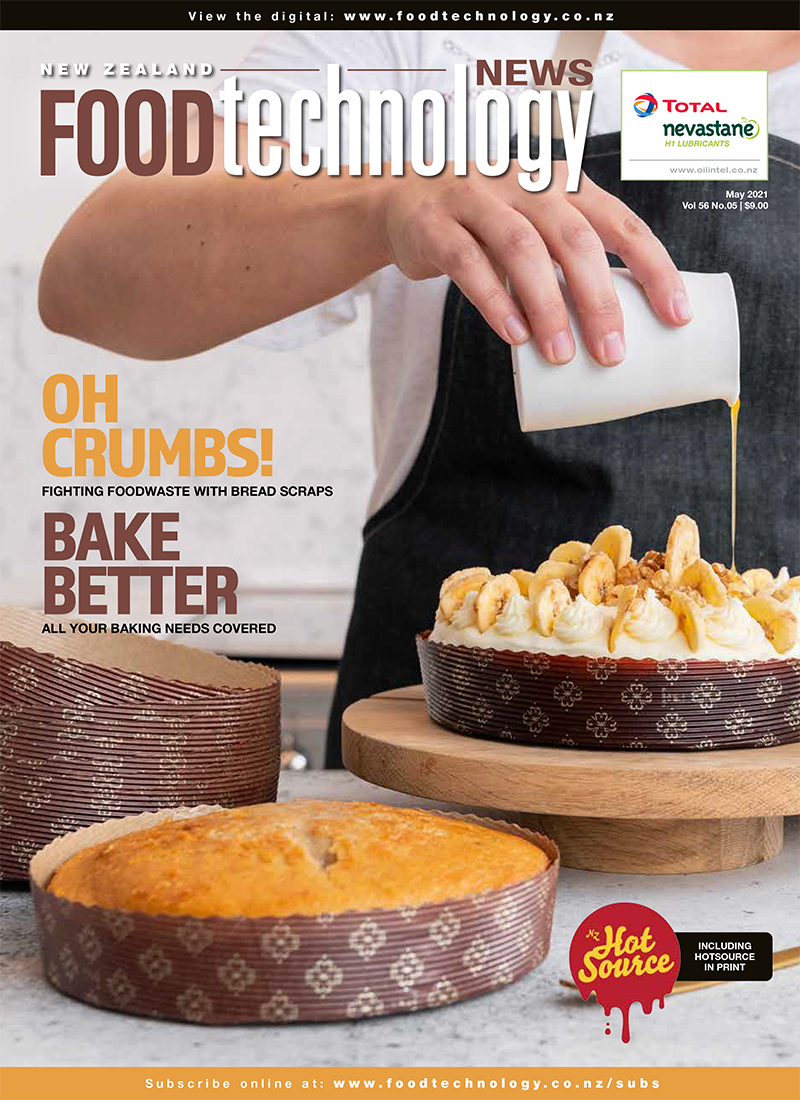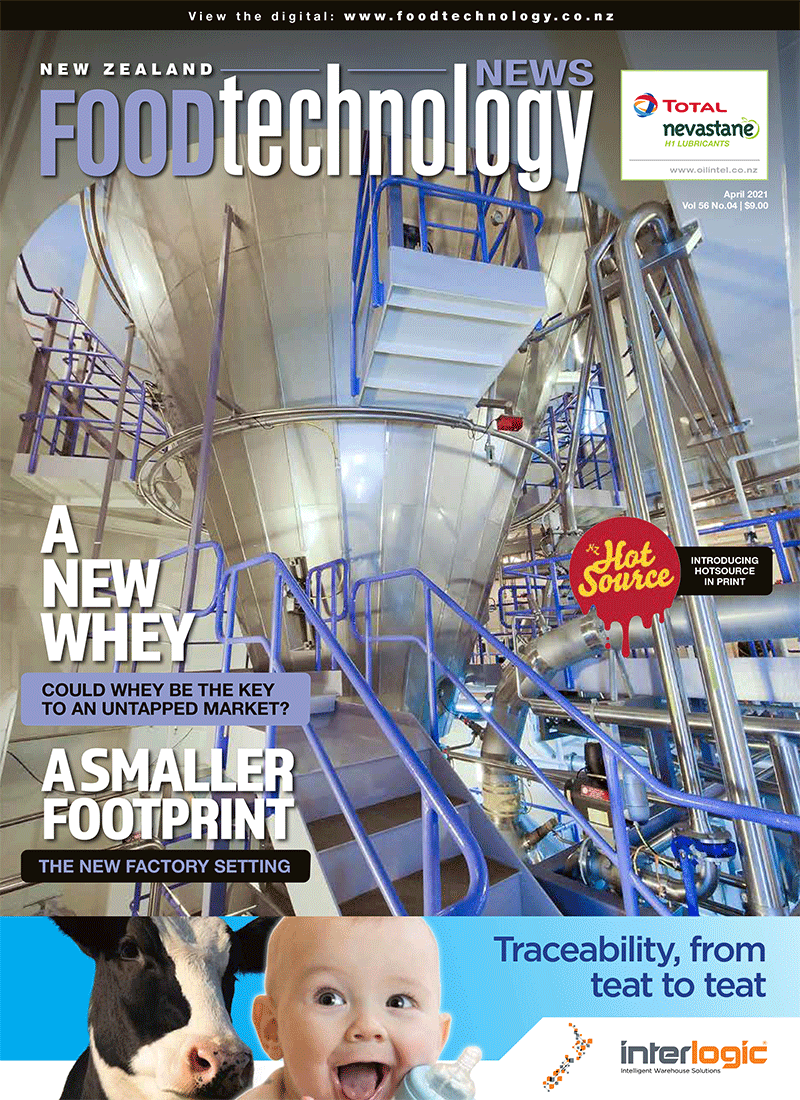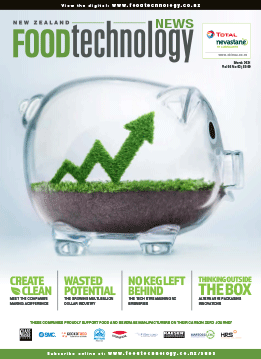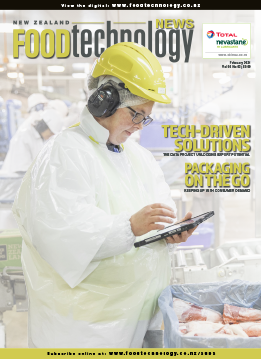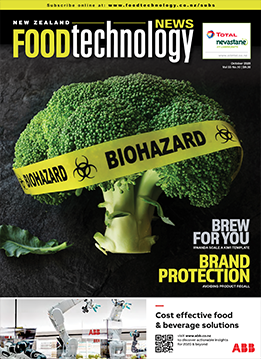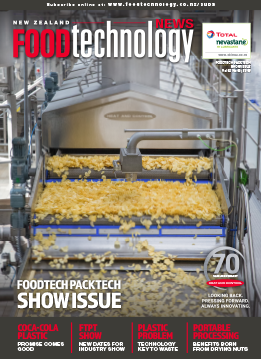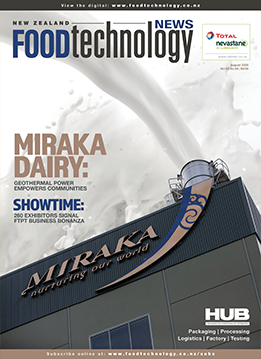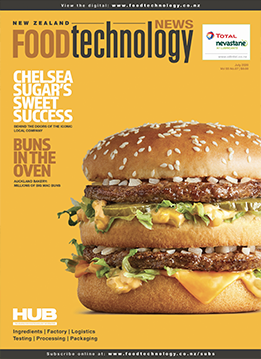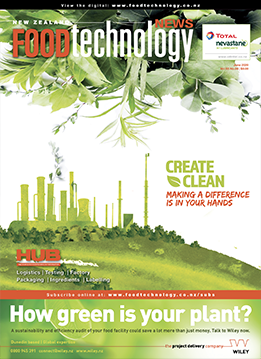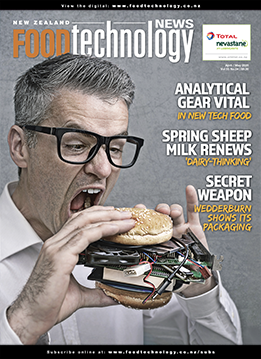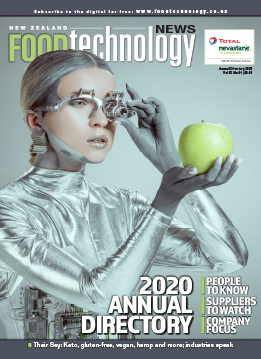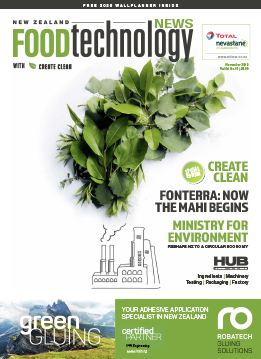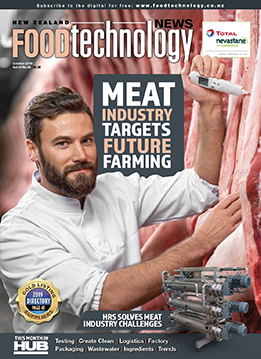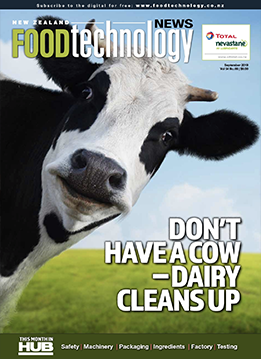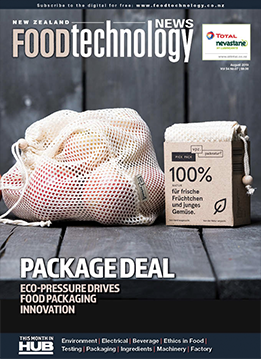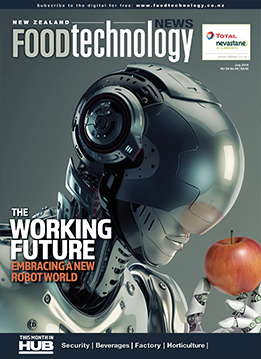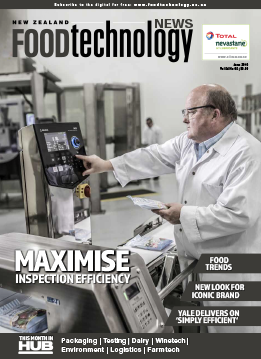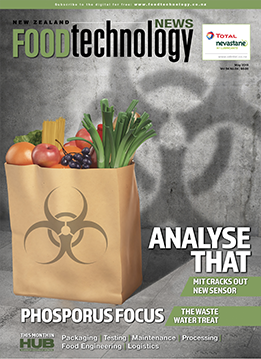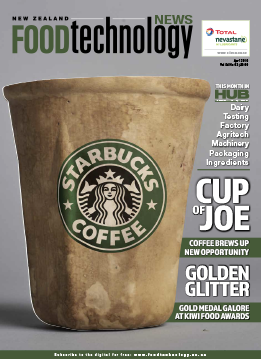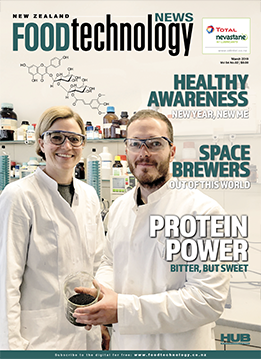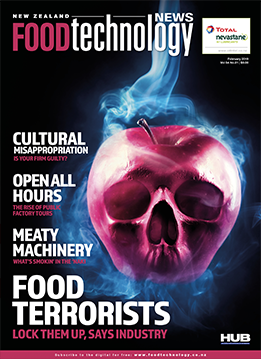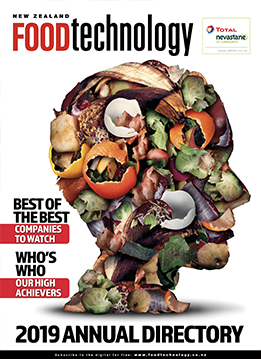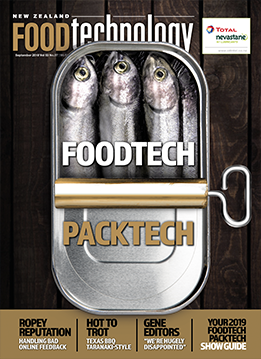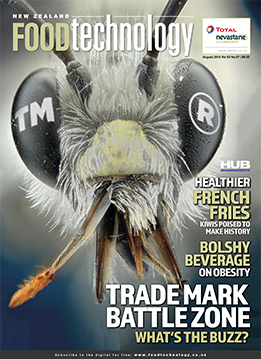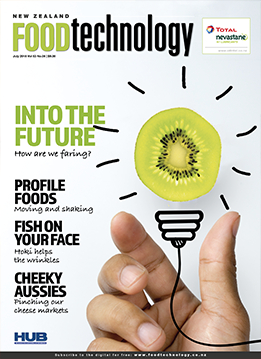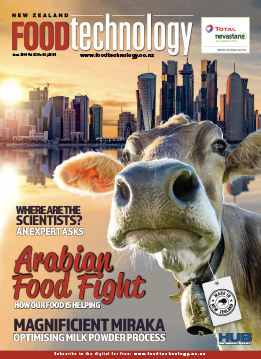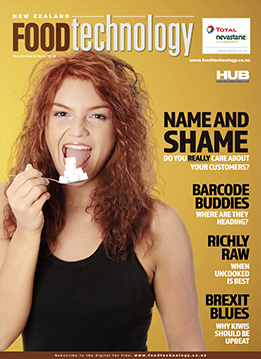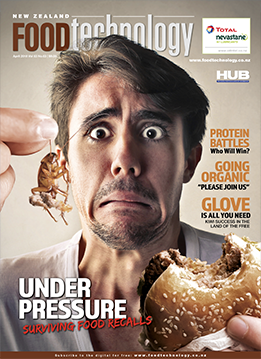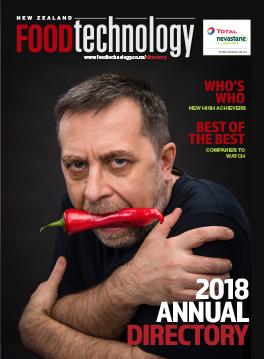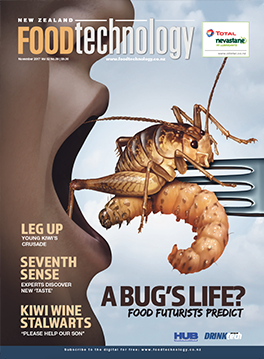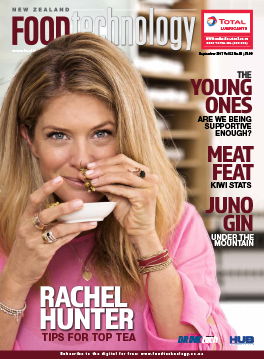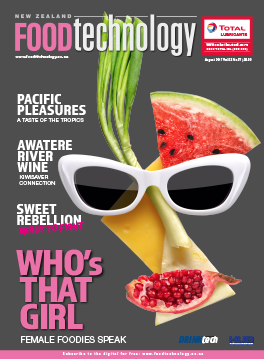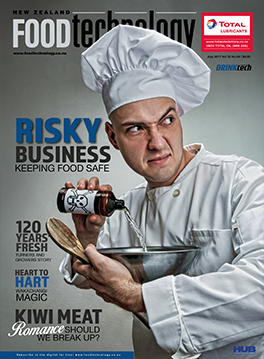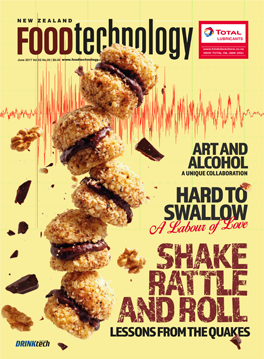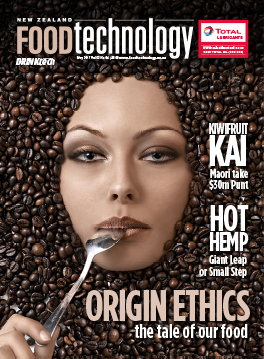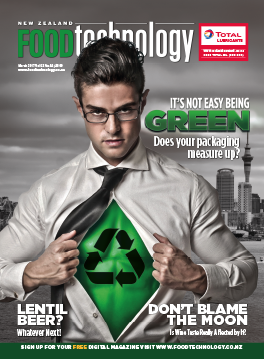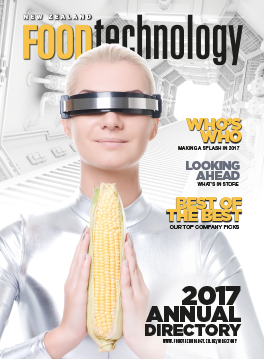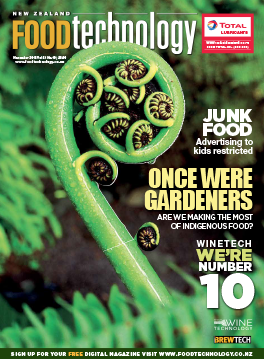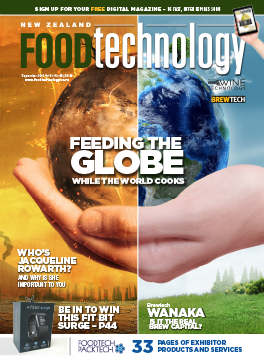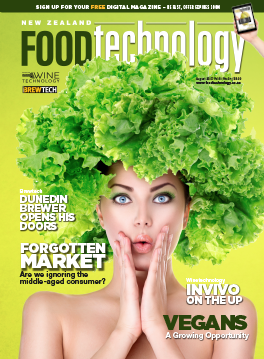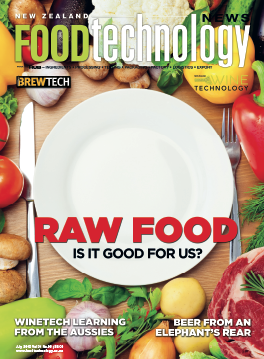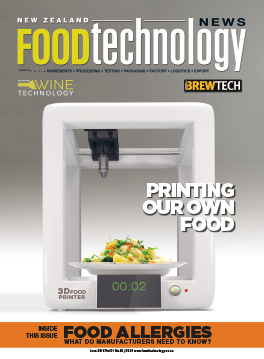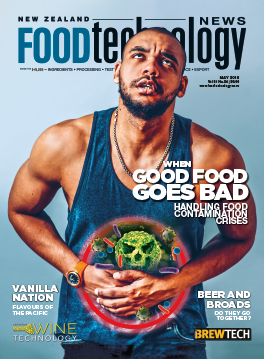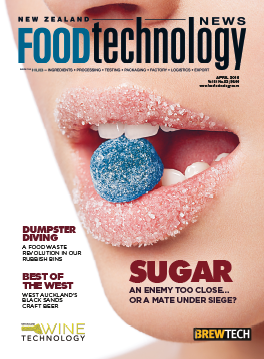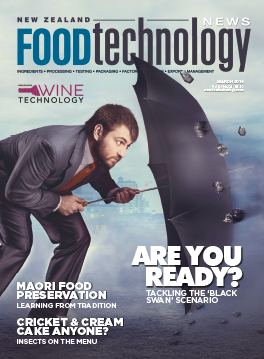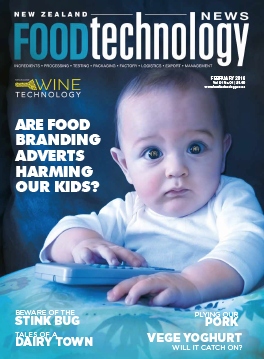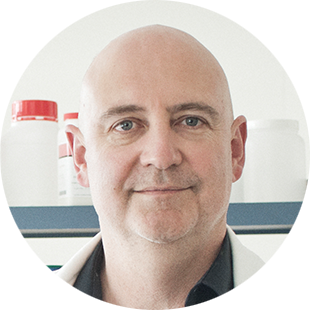By Professor Richard Newcomb, chief scientist at Plant & Food Research
In recent years we seemed to have reached a tipping point globally in our relationship with single-use plastics. Governments took action, spurred on by the projection that doing nothing would result in having more plastic than fish in our ocean in 2050.
Over 60 countries, including New Zealand, introduced bans or levies to curb single-use plastics. Businesses also joined in, with Coca Cola, Nestlé, McDonald’s and a number of New Zealand companies making commitments to using reusable, recyclable or compostable packaging.
Then COVID-19 came along. Contactless food purchasing goes hand in hand with safe, hygienic packaging. And, when it comes to hygiene and preserving freshness, plastic is hard to beat, which is why it’s been used in supermarkets for decades. Plastic is flexible, strong, lightweight and cheap. It protects food from contamination and prolongs shelf life.
If COVID-19 has highlighted hygiene and safety in food packaging, it’s also highlighted food security and food waste. Around 8% of our global greenhouse gas emissions are attributable to food waste, but packaging plays a valuable role in keeping food fresh. On top of this, countries are increasingly having to deal with recycling domestically as places like China and Malaysia refuse to take recyclable waste. The challenge for today’s food manufacturers is to find packaging options that maximise hygiene and shelf life but also reduce plastic pollution.
While plastics are unlikely to disappear entirely, we need to use them more frugally. Ideally, they will be built into a circular plastics economy which eliminates unnecessary plastics and ensures that what’s left is reused or recycled, along the lines of the initiative led by the Ellen MacArthur Foundation.
Packaging alternatives, like bioplastics, are likely to play a role in future too (assuming an increase in commercial compost facilities that can biodegrade them). Bioplastics are primarily of two types. The first, PLA, is made from plant-based products like sugar cane or corn. ZealaFoam is a bio-plastic alternative to moulded polystyrene developed by New Zealand company Biopolymer Network. Likewise, Earthpac Ltd are making packaging from potato starch recovered during processing.
The second type of bio-plastic, PHA, is produced by bacteria and can be made from all kinds of by-products, from mouldy bread to coffee grounds. PHA is costly compared with PLA but on the plus side it creates a revenue stream from side products and doesn’t involve using agricultural land as some PLA products do.
Government-funded research and development programme the Bioresource Processing Alliance (BPA) is interested in the development of bio-based plastics using biological by-products from the primary sector. Examples of projects the BPA has worked on include bioplastics and films made from dairy factory secondary streams, biopolymers from wood waste, plastics formed, in part with kiwifruit by-products and the use of shells as bio-based composites. New areas for exploration include plant fibres, seaweed, food waste and bioplastics created via fermentation.
In the next few years, there will be increasing opportunities for novel, biodegradable, food-safe packaging alternatives that extend shelf life. Tried and tested products like cardboard and glass will have continued and possibly expanding roles, along with recycled plastics. Packaging options made from mushrooms, seaweed or marine collagen, and even consumable packaging, could become more common.
And what about nude food? The trend back to consumer BYO containers may continue to grow, with producers delivering food in bulk for consumers to transfer into their own sustainable packaging. Or going a bit further, what about 3D food printing? Could we see a day when producers transport stabilised constituents of foods and then reconstitute them with the texture, nutrition and appearance that consumers desire? Star Trek eat your heart out.
Professor Richard Newcomb is chief scientist at Plant & Food Research overseeing all aspects of science quality, strategic science, capability development and collaboration across the institute. He is also an honorary professor of evolutionary biology at the University of Auckland.








